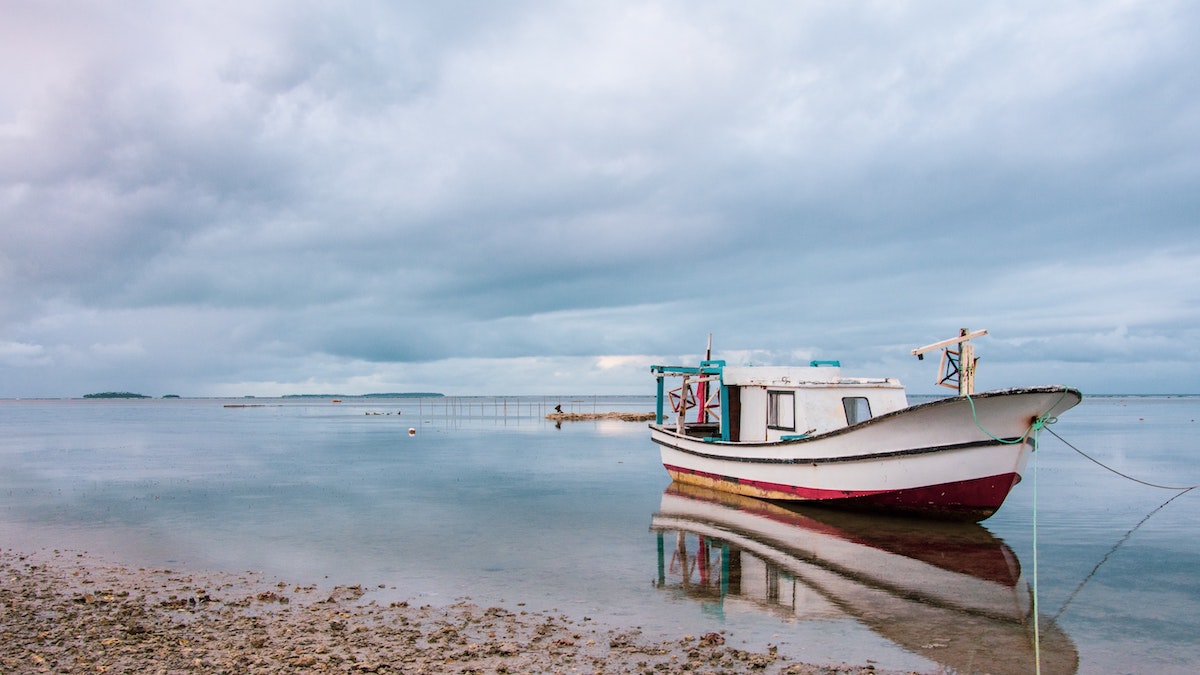
This article was written by Anju Mangal, Head of Asia-Pacific, for the Alliance for Affordable Internet (A4AI)
On January 15, the Hunga-Tonga-Hunga-Ha’apai volcano erupted in the small island nation of Tonga. The tsunami which followed caused significant damage to coastal areas and low-lying islands and severed the undersea fibre-optic cable which connects Tonga to the rest of the world, leaving 110,000 with limited internet connectivity.
In the weeks since, our Web Foundation team has struggled to reach local partners, as network operators and others tried to restore services. The operator Digicel’s technical team in Tonga and Fiji have been able to restore connectivity via a satellite link, but this back-up connection is slow and patchy. Along with other networks Intelsat, Telstra, Spark, and Optus, Digicel is working with the Tonga Communication Corporation (TCC) to provide satellite services. However, they are unable to meet people’s demand for data as bandwidth is carefully controlled while the country’s fibre optic cable is being repaired.
Disruption of internet access hampers relief efforts
The tsunami caused huge amounts of damage to agriculture, livestock, houses, infrastructure, buildings and the waterfront and ports. In some islands and villages, every single house was destroyed. The disaster left those living near the coastline with little or no access to safe drinking water and other essential services. The lack of reliable connectivity only compounds the challenges faced by affected communities, hampering the coordination of relief efforts and making it close to impossible to send vital updates to family and loved ones.
We’re hopeful that regular services will be restored shortly. The Cable Ship Reliance, owned by SubCom, has arrived in Tonga and cable specialists and engineers are working hard to assess the damage and repair the cables. Even Elon Musk, the CEO of SpaceX, has sent a team of engineers to Fiji to work on an internet gateway.
Small island states need resilient networks
This is not the first time in recent memory that Tonga has found itself cut off from the rest of the world because of a damaged undersea cable.
Edwin Liava’a, Regional Director of the Pacific in Kacific Satellite and the former CEO of Tonga Cable Ltd, was aboard the ship that worked to repair the Tongan submarine cable in 2019 after it was damaged by a ship’s anchor. He told us: “Submarine cable is not a sustainable solution for islands which sit on tectonic plates and are surrounded by volcanoes. Satellite connectivity is a more viable and sustainable solution for islands that are constantly hammered by disasters.” He adds: “Governments, private sector, regional and international partners should look at investing in solutions that work for the Pacific – it’s about working in partnership.”
Small island nations have always been particularly vulnerable to natural disasters. Now this is being compounded by the effects of climate change. This latest catastrophe is a devastating reminder that there is an urgent need to consider a national emergency telecommunication preparedness plan that recognises the particular realities of these small island states.
Preparing for the worst
It’s important to have national disaster and telecommunication policies and strategies in place that support a whole-of-government approach. A4AI promotes better infrastructure sharing practices, allowing for potential reductions to create efficiencies where telecom and mobile operators can share tower sites during disasters.
Disaster preparedness plans should support marginalised and vulnerable groups and communities in particular, such as persons with disabilities, youth and the elderly.
It is also important to ensure network operation with financial and environmental sustainability. We need the availability of parallel infrastructure, like the electric grid, which will be relevant to communities without electricity. Having a viable sustainable business model where fibre optic cables are backed up and supported by satellite connectivity is crucial for small island states. Satellite communication is still expensive for some countries therefore we need international cooperation and partnerships to advance digital connectivity and ensure meaningful connectivity and affordability in the Pacific.
It is impossible to completely buffer a country like Tonga against the rising tides or effects of shifting tectonic plates. It is possible, however, to ensure that lessons are learned from this and other disasters, in order to limit the damage to communication infrastructure that is such a vital lifeline if, and when, disaster strikes again in the Pacific region.
Leave a Reply
